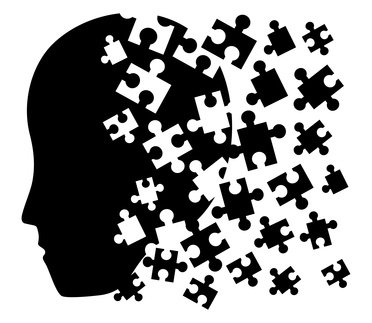What Were They Thinking?
You’re well aware by now of the importance social history plays in writing your family history stories. However, I’m not sure the family history writer is sensitive to the depths social history can participate in establishing a characters thoughts and actions.
When we have little knowledge of an ancestor’s life, social history plays a pivotal role in developing the habits and actions of that ancestor. While it is important to identify and understand the habits and activities of your ancestor, you must also define the world in which they made those decisions. In combination, you can observe what influenced their habits and actions and how those influences affected their daily life. It is in understanding these forces that we understand the decisions they made and therefore their motivations.
There’s that word again, motivations, the heart of our story. Understand their motivations, and you’ve gotten into the head of your ancestors. You’ve taken your reader beyond the surface and placed your reader not only into your ancestor’s world but inside their head, where the reader can make an emotional connection.
In her book Bringing Your Family to Life Through Social History, Katherine Scott Studevant defines social history as, “The study of ordinary people’s everyday lives.”
Few of us have exceptional people in our history, those people, who accomplished great things, so much so their lives, actions and thoughts are well documented. Instead, the majority of our ancestors were average and ordinary but it is in being common that we can place them within groups to help us understand their actions and decisions in life. It is in belonging to these groups that we can learn such things as their behaviours, beliefs and customs. Your ancestors can be placed in any number of groups, from the obvious religious groups; ethnic groups to their gender, age, occupation, those are but a few. By identifying the groups that your ancestor belonged to, and studying the habits of those groups in a greater context you can piece together a picture your ancestor’s everyday life. We can also come to understand the ideas and thoughts what prompted their decisions in life.
Social history looks to a variety of sciences to help us understand group and individual behaviours that include psychology, sociology, anthropology and geography. For this reason, when I say ‘look’ at social history to understand your ancestor, I don’t throw this idea around lightly. While social history research can help you identify the clothes your ancestor wore, their hairstyle, it can also help you to go deeper than just their physical appearance. Social history can put the food on their table, the dirt under their fingernails, the Bible on their night table and the x on their ballot. Social history can help you identify an ancestor where the only thing that existed is a name on a document. It can assist you in turning an unknown ancestor into a character in your story. By studying group behaviours you begin to understand your ancestor’s actions, you start to shape a life that you may have never seen before. You begin to create not only a visual image of your ancestor, but you put thoughts and purpose behind their actions.
Below is a brief list of groups you may want to consider when researching the social history of an ancestor. We discuss social history and its relationship to profiling an ancestor in great detail in Authentic Ancestors. This list is very general in nature. Hopefully, it will be a launching board for more specific histories you can consult. There will be many different groups to consult based on your individual ancestor’s make-up. Look at your ancestor and create your own list of particular groups that he or she would have belonged to based on their age, occupation, culture, sex, religion, etc. The more specific you can be the more detailed and precise a profile you can create. The more precise the profile, the closer you become to understanding the thoughts and motivations behind your ancestor’s actions.
Local History
Rural and Agricultural Histories
Community Histories
Women’s History
Black’s History
Economic History
Labour Histories
History of the Family
Oral History
Folklore History
History of Childhood
History of Science and Technology
Sports History
History of Leisure
Military History
Immigrant History
Ethnic History
History of Education
